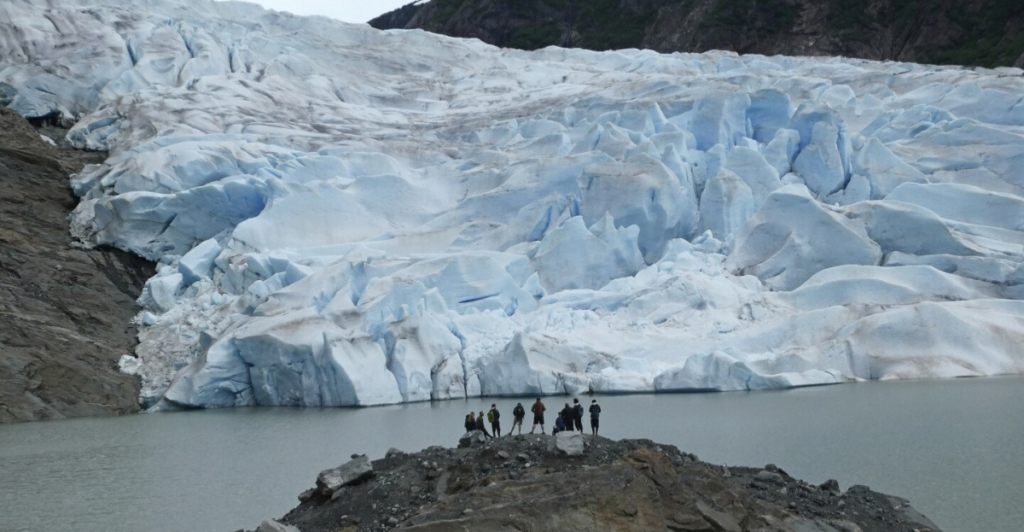
Alaska’s glaciers are experiencing unprecedented melting rates, significantly impacting local ecosystems and global sea levels. The Juneau Icefield, spanning Alaska and British Columbia, exemplifies this trend. Home to approximately 1,050 glaciers as of 2019, the ice field has dramatically accelerated ice loss. Between 2015 and 2019, glacier shrinkage occurred five times faster than from 1948 to 1979. This rapid melting is attributed to regional climate changes, including increased temperatures and altered precipitation patterns, leading to longer melt seasons and reduced snowfall. The consequences are far-reaching, affecting freshwater availability and marine habitats and contributing to global sea-level rise. Understanding these changes is crucial for developing mitigation strategies and preserving the delicate balance of these ecosystems.
Accelerated Melting Rates
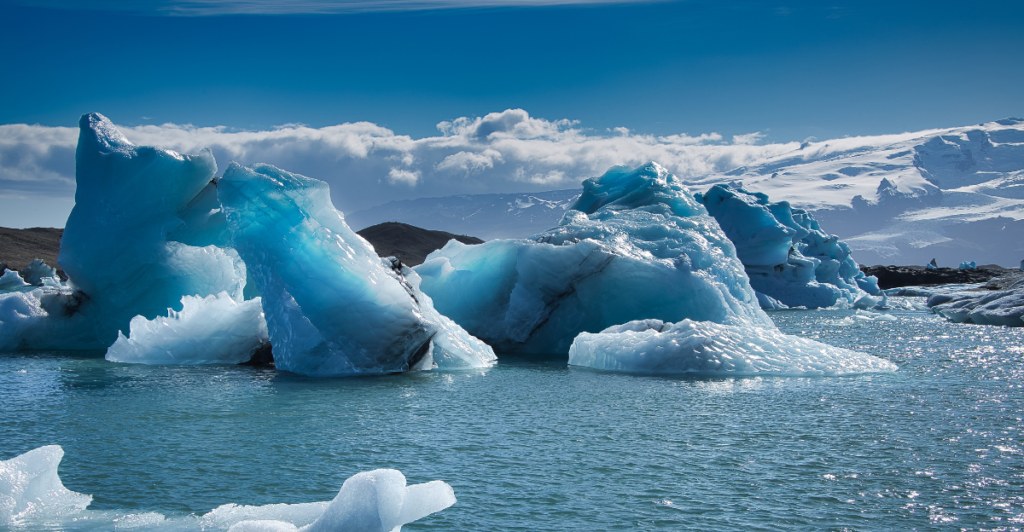
Recent studies reveal that Alaska’s glaciers are melting at rates much higher than previously estimated. Tidewater glaciers, for instance, are experiencing underwater melting 100 times faster than earlier theoretical models suggested. This accelerated melting contributes significantly to the rise of the global sea level, emphasizing the need for continuous monitoring and updated predictive models to understand better and address these changes’ implications.
Impact on Sea-Level Rise

Alaskan glaciers play a substantial role in the rise of global sea levels. They contribute approximately 25% of global glacier ice loss, shedding about 66.7 billion tons of ice annually. This significant contribution underscores the urgency of addressing climate change and implementing strategies to mitigate its effects on glacial melt and subsequent sea-level rise.
Ecological Consequences
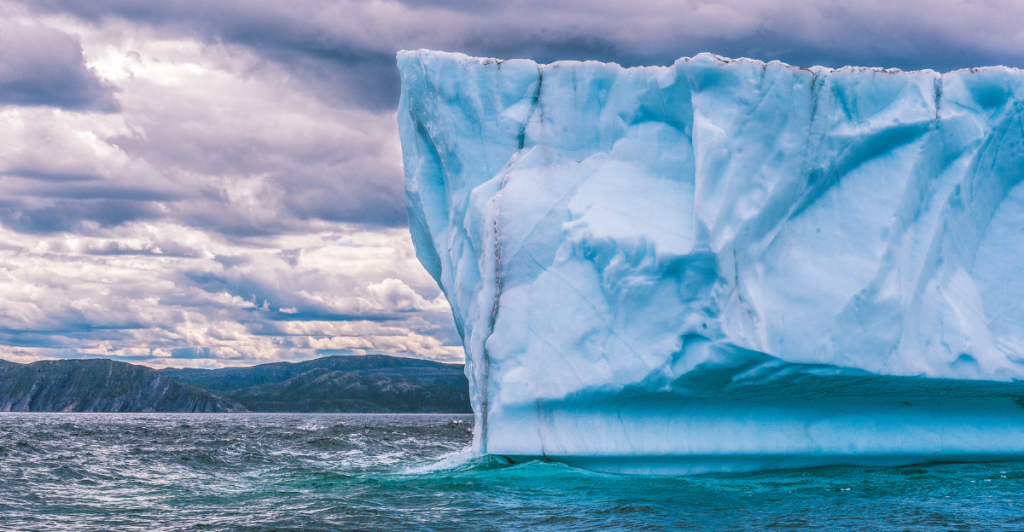
The melting of Alaska’s glaciers has profound ecological impacts. As glaciers recede, they release significant quantities of freshwater, sediment, and nutrients into streams and oceans. These changes can disrupt land cover, alter ocean currents, and affect habitats for fish and wildlife. Such disruptions have cascading effects on local economies, particularly in sectors like fishing and tourism that rely heavily on stable and healthy ecosystems.
Threat to Coastal Communities
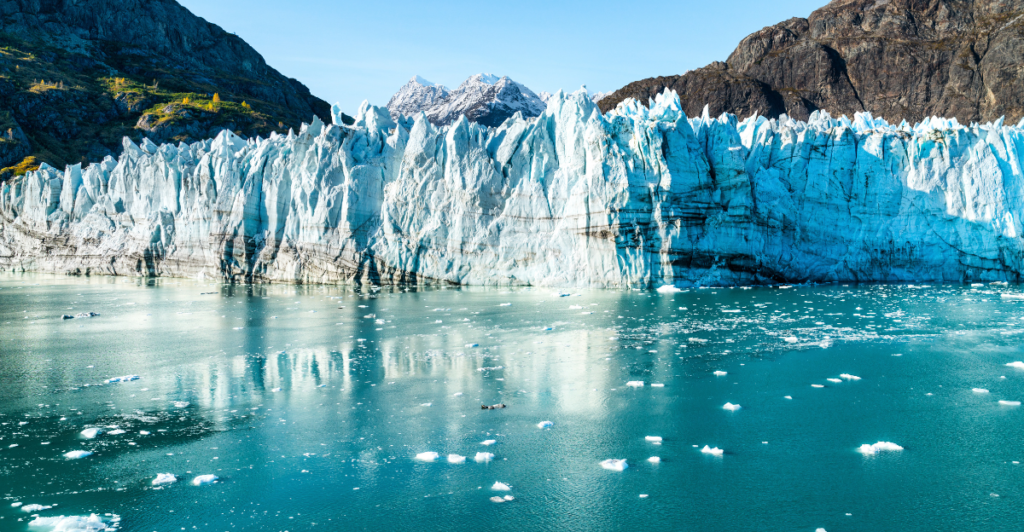
Coastal communities in Alaska face increasing threats due to glacial melting. The influx of freshwater and sediment can lead to coastal erosion and impact infrastructure. Additionally, the loss of glacial mass can contribute to rising sea levels, posing risks to low-lying areas and necessitating adaptive measures to protect these communities.
Changes in Freshwater Resources
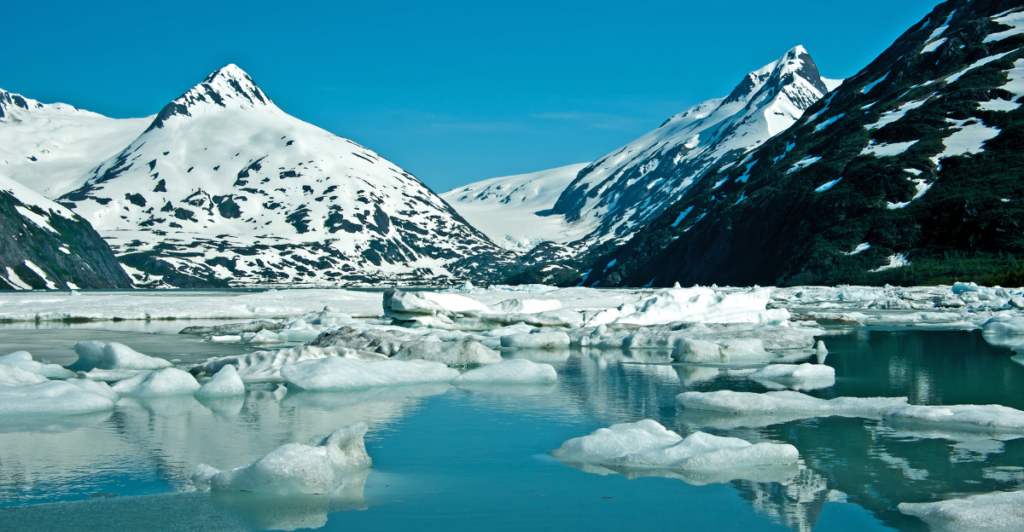
Glacial meltwater is a crucial source of freshwater for many regions. The accelerated melting of glaciers can lead to an initial increase in water flow, followed by a decline as glaciers diminish. This pattern can affect water availability for drinking, agriculture, and hydroelectric power, highlighting the need for sustainable water management practices in the face of changing glacial dynamics.
Impact on Indigenous Communities
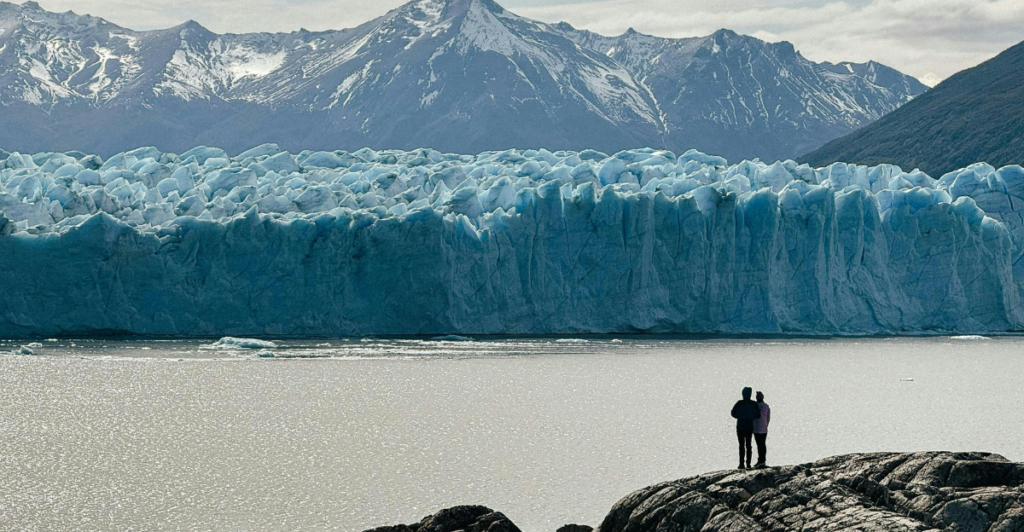
Indigenous communities in Alaska are particularly vulnerable to the effects of glacial melting. Environmental changes can disrupt traditional subsistence lifestyles, affecting hunting, fishing, and gathering practices. Furthermore, cultural sites may be threatened by erosion and other ecological changes, underscoring the importance of integrating indigenous knowledge and perspectives into climate adaptation strategies.
Contribution to Global Climate Patterns
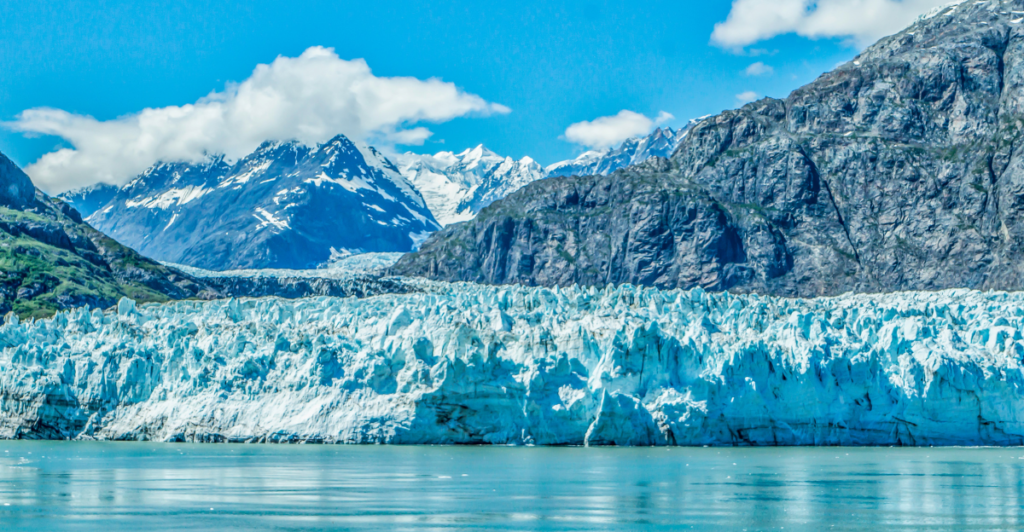
The melting of Alaska’s glaciers contributes to broader global climate patterns. Freshwater release into the oceans can affect thermohaline circulation, influencing weather patterns and climate systems worldwide. Understanding these connections is vital for developing comprehensive climate models and informing international climate policy.
Research and Monitoring Efforts
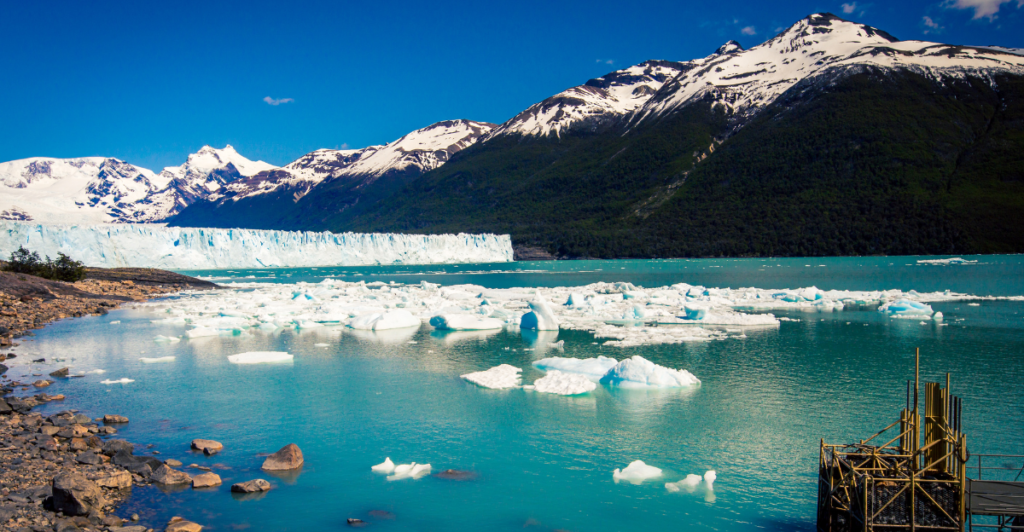
Ongoing research and monitoring are essential to track the rate of glacial melting and its impacts. Technological advancements, such as satellite imagery and remote sensing, have enhanced the ability to observe and analyze glacial mass and movement changes. Continued investment in scientific research is critical for informing policy decisions and developing effective mitigation and adaptation strategies.
Mitigation and Adaptation Strategies
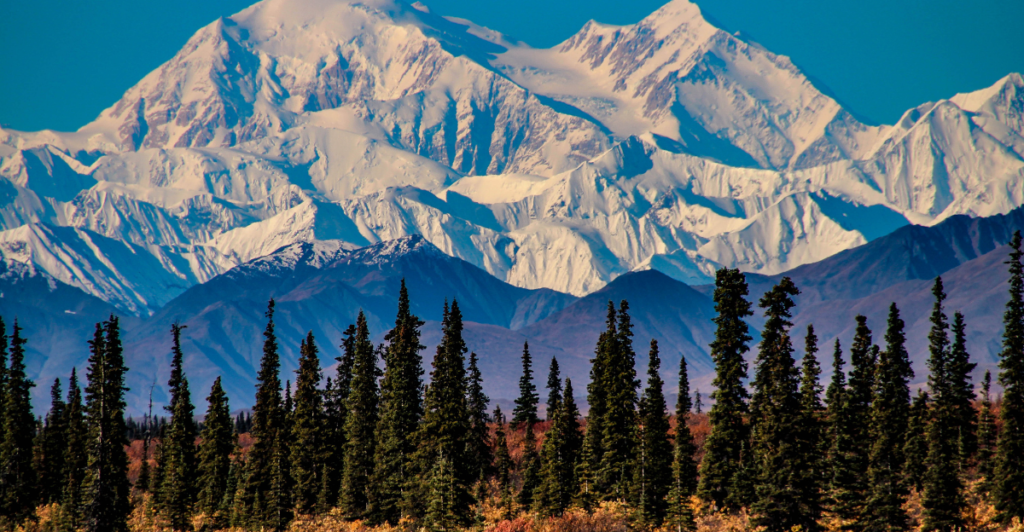
Addressing the challenges posed by glacial melting requires a combination of mitigation and adaptation strategies. Mitigation efforts focus on reducing greenhouse gas emissions to slow global warming, while adaptation strategies involve preparing communities and ecosystems to cope with the already underway changes. Implementing these strategies necessitates collaboration among governments, scientists, and local communities.
The Path Forward
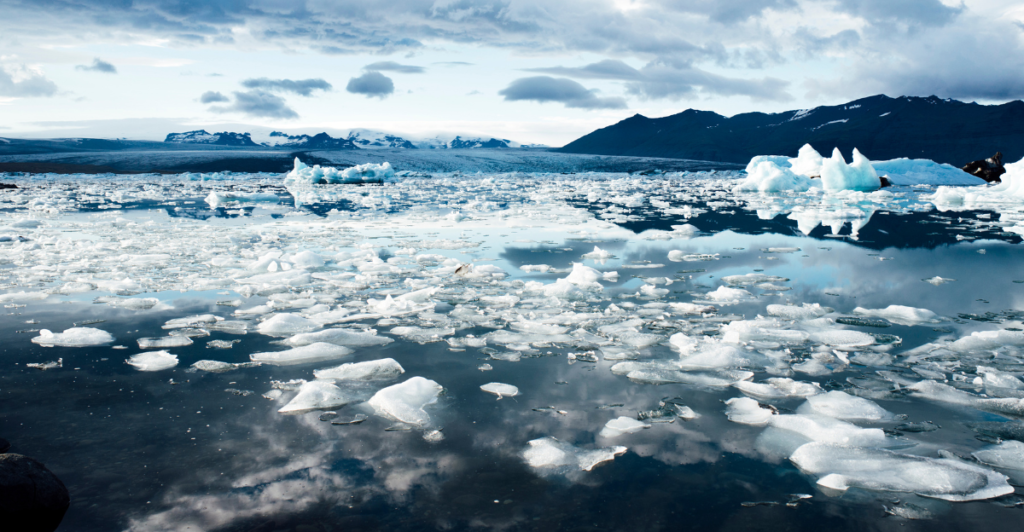
The rapid melting of Alaska’s glaciers is a stark reminder of the immediate impacts of climate change. Comprehensive approaches integrating scientific research, policy action, and community engagement are essential to address these challenges. Society can work towards a more sustainable and resilient future by understanding and responding to the multifaceted effects of glacial melting.
Explore more of our trending stories and hit Follow to keep them coming to your feed!

Don’t miss out on more stories like this! Hit the Follow button at the top of this article to stay updated with the latest news. Share your thoughts in the comments—we’d love to hear from you!







